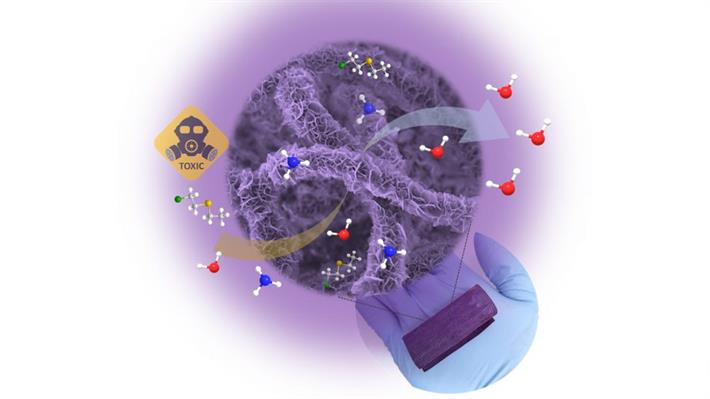
“For more than a century, we’ve had threats from chemical warfare agents, from chlorine and mustard gas in World War I to recent attacks against civilians in Syria,” said Dennis T Lee, a Ph.D recipient at NCSU and lead author of an article about the work, in a press release by the university. “We need to find ways to capture and chemically break down toxic gases for practical, better-performing protective equipment.”
Researchers worked with metal-organic frameworks (MOFs) – coatings that are synthesised over microfibres. There were two significant challenges. The first lied in creating MOFs that can remain stable in the presence of moisture while holding the hazardous compounds in a thin film, a process known as adsorption/absorption. The second was achieving a coating that is effective in degrading toxic chemicals.
The team created a water-stable copper (Cu)-based MOF film. Instead of working with a powder source, researchers used a solid film deposited on the fibre, which captured three times more ammonia gas than the same MOF powder.
Electron microscope images showed MOFs in crystal formations that grew out radially from the fibre – a distinctive shape that hadn’t been previously reported. The MOFs bonded strongly with the surface of the polypropylene fibres, resisting flaking when handled in the lab and when swept with a nylon brush.
“This alignment formed a dense coating on the fibres, with better integration and adhesion to the surface, and improved adsorptive performance for hazardous gases,” said Lee. “The new MOF-coated composites have potential to be used as a base film in protective textiles. The method would also be suitable for use in smart textiles that have multiple functions, such as sensors.”
Future plans call for testing the new materials with real chemical warfare agents, working with US Army experts at the CCDC CBC. (PC)
Fibre2Fashion News Desk – India

